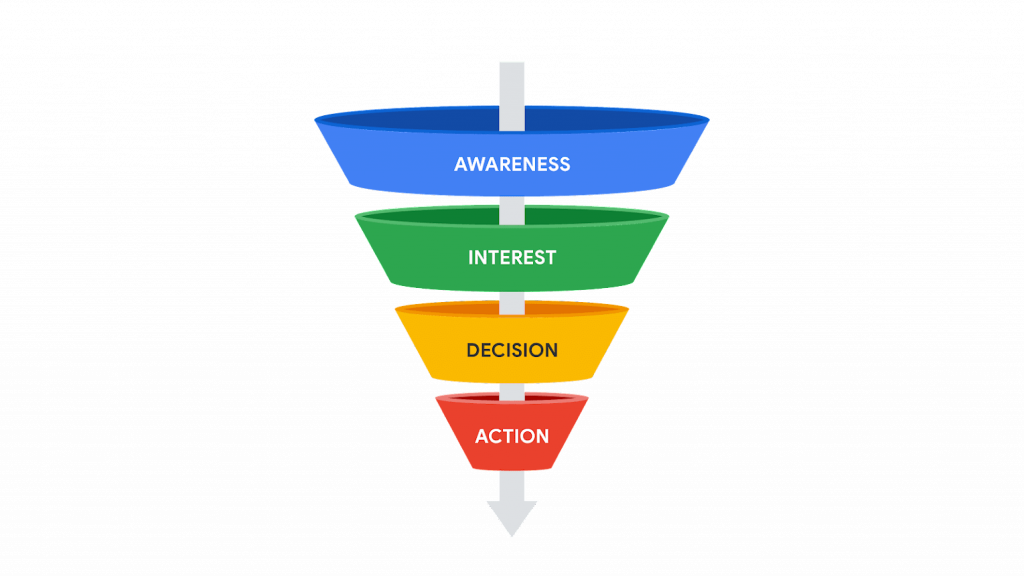Google business profile optimization checklists – 2024
Optimizing your Google Business Profile is crucial for attracting local customers and improving your online visibility. Here’s a checklist to help you optimize your Google Business Profile:
1. Claim and Verify Your Business:
- Claim ownership of your business on Google.
- Verify your business through the provided methods (phone, mail, email, etc.).
2. Complete Your Business Information:
- Ensure accurate business name, address, and phone number (NAP).
- Provide a detailed and accurate business description.
3. Choose the Right Business Categories:
- Select the most relevant primary and secondary categories for your business.
4. Add Business Hours:
- Input your regular business hours and update them for holidays or special occasions.
5. Upload High-Quality Photos:
- Add high-resolution images of your business, including the interior, exterior, and team members.
6. Collect and Respond to Reviews:
- Encourage customers to leave reviews.
- Respond promptly to both positive and negative reviews.
7. Create and Use Posts:
- Regularly post updates, events, offers, or other relevant content.
- Keep posts informative and engaging.
8. Utilize Q&A Section:
- Answer questions from customers and provide helpful information.
9. Enable Messaging:
- Turn on messaging to allow customers to contact you directly through Google.
10. Add Services/Products:
- List the services or products you offer, along with detailed descriptions and prices.
11. Implement Attributes:
- Utilize attributes that apply to your business (e.g., wheelchair accessible, free Wi-Fi).
12. Set Up Appointment Booking:
- If applicable, integrate appointment booking through Google.
13. Monitor Insights:
- Regularly check Google My Business insights to understand how users interact with your profile.
14. Optimize for SEO:
- Use relevant keywords in your business description.
- Ensure your business name matches the real-world name.
15. Connect Social Media:
- Link your social media profiles to your Google Business Profile.
16. Update Information Regularly:
- Keep all information, including hours and contact details, up to date.
17. Utilize Google My Business Website:
- If you don’t have a website, consider using the Google My Business website feature for a basic online presence.
18. Address Duplicate Listings:
- Identify and address any duplicate or incorrect business listings.
19. Follow Google’s Guidelines:
- Familiarize yourself with and adhere to Google My Business guidelines.
20. Optimize for Mobile:
- Ensure that your profile looks good and functions well on mobile devices.





